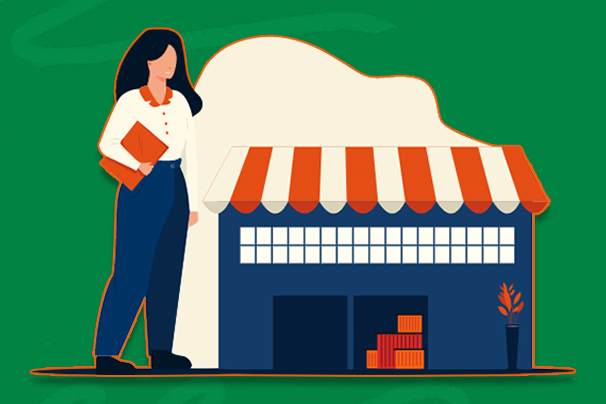Underinsurance is a pressing issue in the world of insurance and risk management and it is usually overlooked until something big happens and exposes this gap in your insurance coverage. This happens when a person has an insurance policy that does not offer enough coverage to cover and compensate for possible damages or losses. This inconsistency between the policyholder’s value and the actual value of assets can cause financial hardship when something bad happens.

In addition to this, the consequences of underinsurance are far-reaching and affect both businesses and individuals across different sectors. For instance, in the world of homeownership, an underinsured property can cause substantial out-of-pocket expenses when natural disasters hit or vandalism. Underinsured businesses, on the other hand, experience jeopardized financial stability which affects the recovery from liability claims, theft, and damage negatively.
Frankly speaking, this situation usually happens due to a lack of awareness of the establishment of insurance quotes and what their coverage is. Nonetheless, it may be because of goals to save on premium costs by policyholders which leads to them selecting lower coverage limits leading to underinsurance in some areas. However, the result of this decision only becomes obvious when a loss or damage takes place and coverage is not enough to cover the damage and losses involved in this situation.
What Is Underinsurance?
Underinsurance takes place when the coverage limits of one’s insurance policy are not sufficient enough to cover the entire cost of any loss. In other words, the insurance payout might be significantly less than the actual expenses and losses suffered, causing the insured to cover the remaining cost out-of-pocket. Underinsurance is also known as an inadequate insurance policy.
How Does It Work?
You can evaluate underinsurance by comparing the actual value or replacement cost of the policyholder assets at the time of loss against the limits of the insurance policy. Thus, if the quote covers less than the whole cost or value required for the replacement or repair of the damaged asset, the quote is considered an underinsured policy and the policyholder is underinsured as well.
What Happens When You Are Underinsured?
If you own an insurance policy and it is underinsured, this can lead to significant financial strain and difficulties. Therefore, if you file a claim with your insurance company or provider, you will not receive enough compensation or reimbursement from them leading to you covering it out of your pocket. In other words, you will be responsible for the difference. Unfortunately, this can affect your personal finances and business operations because you lack enough funds to completely recover.
How To Avoid Underinsurance
Avoiding or preventing underinsurance is important for making sure you have enough coverage to protect against financial losses. Here is a helpful list of steps that can help you with this:
- Assess your assets.
- Review and update your policy annually.
- Get professional appraisals.
- Understand your insurance quote.
- Consider replacement cost coverage.
- Get additional coverage for certain items.
- Consider umbrella policy.
- Consult insurance professionals.
By using these steps, you can get an insurance policy that can give you complete protection and also avoid underinsurance.
FAQs
How can I tell if I’m underinsured?
To determine if you are underinsured, compare the total value of your assets or potential liabilities with the coverage limits of your current insurance policies. If there’s a significant discrepancy where your policy covers less than the total value at risk, you are likely underinsured.
What are the most common types of underinsurance?
Common types of underinsurance include property underinsurance (where buildings or contents are not fully covered), health underinsurance (insufficient health insurance coverage leading to large out-of-pocket expenses), and business underinsurance (where business assets or potential liabilities are not fully covered).
What are the consequences of being underinsured?
The main consequence of being underinsured is financial loss. In the event of a claim, you will be responsible for paying the difference between what your insurance covers and the actual cost of damages or losses, which can be substantial.
Why do people end up underinsured?
Reasons for underinsurance include misjudging the value of assets, purchasing the minimum coverage to reduce premiums, not updating insurance policies after acquiring new assets or improvements, or simply misunderstanding the terms and coverage limits of their insurance policies.
What is the difference between underinsurance and non-insurance?
Underinsurance refers to having insurance coverage that is insufficient to cover the total cost of a potential loss, while non-insurance means having no insurance coverage at all. Both situations expose you to financial risk, but underinsurance means you have some protection, albeit inadequate.
Does underinsurance affect premium calculations in future policies?
Being underinsured itself does not directly affect future premium calculations unless a claim has been made that reveals the underinsurance. However, correcting underinsurance by increasing coverage limits will typically lead to higher premiums since you are securing more comprehensive protection.



